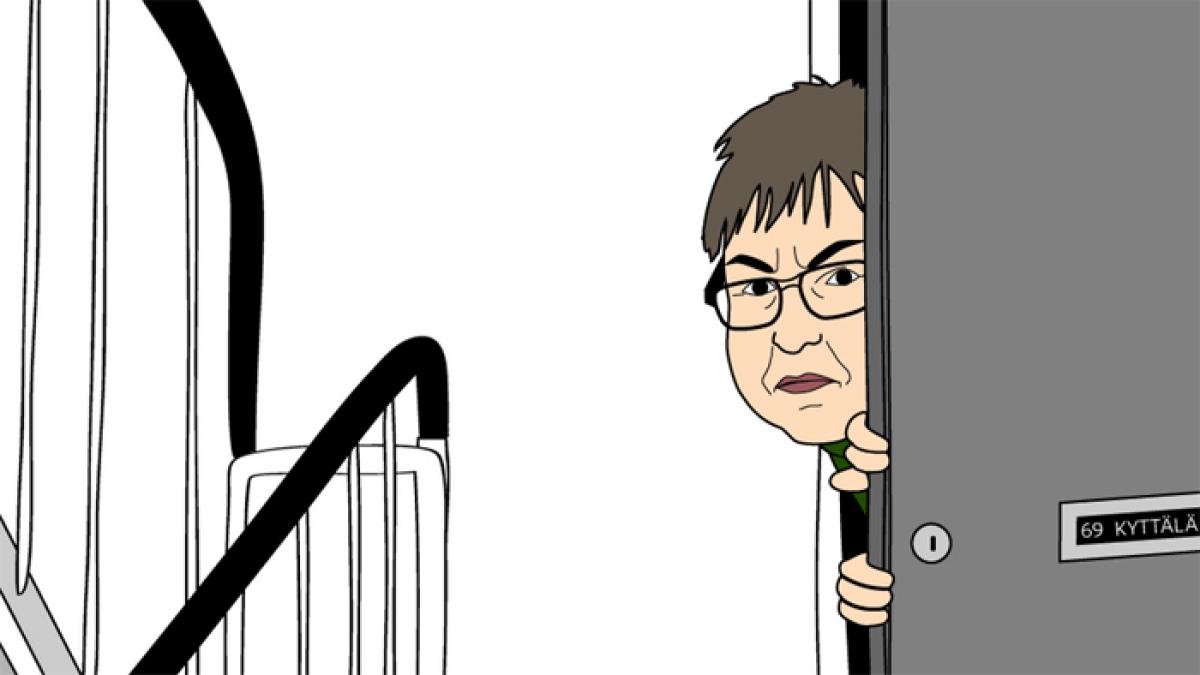Live
- AITUC Celebrates 105th Foundation Day with Call for Workers' Unity and Rights
- ADB approves 85 million USD loan to Nepal
- District Collector B.M. Santosh Calls for Preparedness for Comprehensive Household Social, Economic, and Educational Survey
- Intense Public Backlash Expected if Ethanol Plant Isn't Relocated" - BJP District President S. Ramachandra Reddy
- Complete failure of Centre: AAP on double murder in Delhi's Shahdara on Diwali night
- Several killed, 9 injured in major fire at cooking oil factory near Jakarta
- Stage all set for next round of campaigning by Priyanka Gandhi in Wayanad
- Destroyed Ukraine's control centre for unmanned systems: Russian Defence Ministry
- Ruben Amorim appointed head coach of Manchester United till June 2027
- Sai Surya Developers MD Arrested for Fraudulent Money Collection










